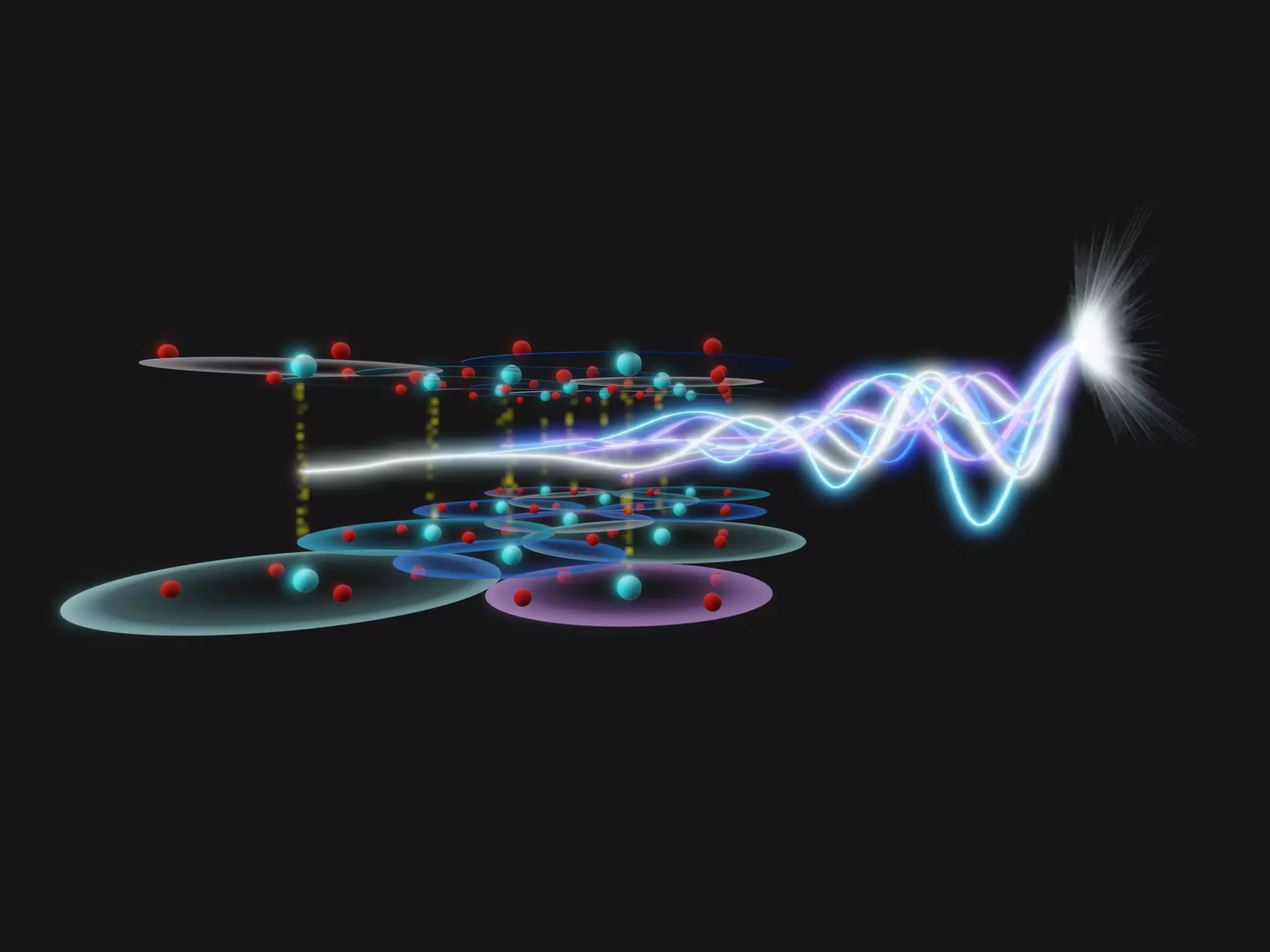Superconductivity stands as a remarkable phenomenon in condensed matter physics, characterized by the ability of certain materials to conduct electrical current with zero resistance below a critical transition temperature. Despite its revolutionary implications for technology and energy efficiency, understanding the mechanisms underlying superconductivity, particularly in high-temperature superconductors, has proven to be an intricate puzzle. Among the various factors influencing superconducting properties, disorder—often a result of chemical composition variations—emerges as a significant yet challenging aspect to study. Recent advancements by researchers at the Max Planck Institute for the Structure and Dynamics of Matter and Brookhaven National Laboratory reveal groundbreaking techniques to explore disorder in superconductors using terahertz pulses of light, marking a potential turning point in our grasp of this complex field.
Historically, studying disorder in superconductors posed considerable difficulties due to the inherent limitations of established measurement techniques. Most methods, including high-resolution scanning tunneling microscopy, require extremely low temperatures nearing absolute zero. Consequently, they fail to capture the relevant physics occurring near the superconducting transition. This gap presents a significant hurdle for physicists who seek to unravel how variations in material composition impact superconducting characteristics, especially in high-temperature superconductors like cuprate family members. The inability to analyze these complex systems under conditions that are closer to practical operating environments has significantly hindered progress toward developing better superconductors and understanding their fundamental properties.
In addressing the limitations of traditional methods, the researchers from MPSD and Brookhaven National Laboratory have taken inspiration from innovative techniques initially crafted for nuclear magnetic resonance (NMR). Adapting this idea to terahertz frequency ranges enables the use of light pulses to probe materials with unprecedented speed and precision. By deploying a technique called two-dimensional terahertz spectroscopy (2DTS), the research team has been able to study the dynamic evolution of disorder in superconductors, a feat never achieved before. This approach involves employing multiple terahertz light pulses in a manner that allows the researchers to isolate specific electronic properties based on how they resonate within the material.
The researchers focused on the cuprate superconductor La1.83Sr0.17CuO4, a notoriously opaque material that poses challenges for optical measurement techniques. Utilizing their new angle-resolved 2DTS methodology, they achieved a previously unattainable sensitivity, enabling them to observe and measure spatially resolved aspects of superconducting transport and how they are affected by disorder. Among the most intriguing outcomes of their study was the discovery of “Josephson echoes,” phenomena that indicate a resurgence of superconducting transport following the excitation of the material with terahertz pulses.
This finding was particularly enlightening, revealing that the disorder associated with superconducting transport is much lower than what had been noted in superconducting gap measurements derived from conventional techniques. Moreover, the researchers uncovered that disorder remained surprisingly stable, even at significant fractions of the transition temperature, up to about 70%. This resilience suggests that the mechanisms governing superconductivity in cuprates might be more robust than previously understood.
The implications of this research go far beyond mere academic curiosity. With these initial findings, the door has swung wide open for exploring various superconductors and quantum materials using the angle-resolved 2DTS technique. Beyond measuring disorder, the ultrafast dynamics of this approach make it ideally suited for studying transient states of matter that other methods cannot effectively probe. This positions the technique at the forefront of modern condensed matter physics and opens exciting avenues for investigation into the fundamental mysteries of superconductivity. The coupling of terahertz spectroscopy with fresh insights into disorder can significantly enhance our comprehension of high-temperature superconductors, ultimately driving improvements in their performance and applicability in transformative technologies.
The achievements of the research team not only reveal a powerful new tool in the examination of superconductivity but also inspire optimism in unraveling the complex interplay between disorder and superconducting properties, igniting renewed interest and inquiry in the field of condensed matter physics.

